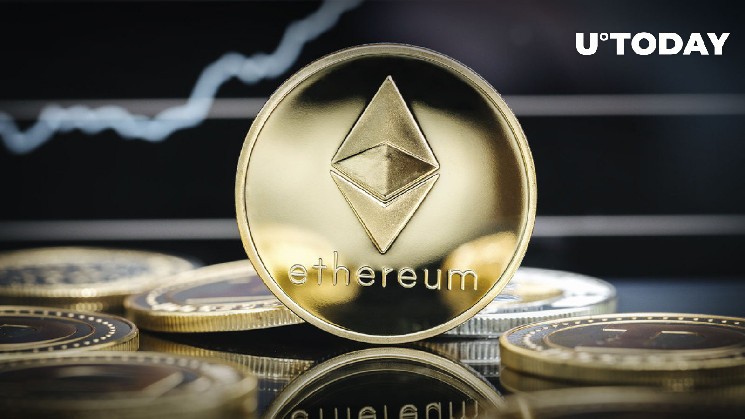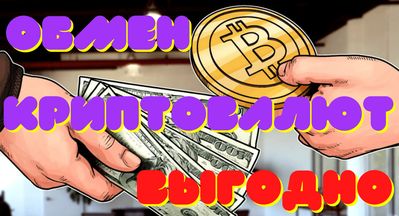Here’s Who Still Pushes Ethereum’s Price Upward

The active accumulation of Ethereum continues, as the top 10 largest nonexchange addresses have been actively accumulating more ETH leading up to September’s merge. The biggest addresses added 6.7% to their existing holdings, which explains why the Ether rally is still going strong.
? #Ethereum’s top 10 largest non-exchange addresses have been accumulating assets after their big drop-off leading up to September’s merge. They have added 6.7% more $ETH. Meanwhile, the top 10 exchanges are standing pat with just an 0.2% rise. https://t.co/h5CxDwOphX pic.twitter.com/msrrzvhB4P
— Santiment (@santimentfeed) November 1, 2022
The 20% rally that originated on Oct. 25 has decelerated significantly, and the second biggest cryptocurrency on the market is now moving downward. However, it is too early to say that the uptrend for Ethereum is over.
Ethereum still has not lost at least 30% of what it has gained in the recent rally. The lack of selling pressure still leaves the possibility for yet another spike upward. Despite being heavily overbought, a short-term correction will most likely put Ethereum back in its «normal» state, which could become a signal for the continuation of the rally.
Why does accumulation matter?
Without the proper accumulation ahead of a run upward, assets will not have the support of large investors; hence, they will be hit with severe selling pressure, which most often leads to a reversal.
During accumulation, retail holders tend to sell their assets to whales who are usually long-term investors who do not sell their holdings at the beginning of a rally. In contrast to retail traders who tend to aim for the fastest and smallest profit, selling whale addresses only appear around local and cycle tops.
Recently, the activity of Justin Sun’s wallet has been actively discussed in the crypto community, as Tron’s former CEO executed a perfect trading and risk management strategy by gradually selling his holdings at the upper border of the cycle. Sun’s behavior was replicated by most whale-tier addresses and matched the activity of large investors on-chain.







 Bitcoin
Bitcoin  Ethereum
Ethereum  Tether
Tether  Dogecoin
Dogecoin  USDC
USDC  Cardano
Cardano  TRON
TRON  Chainlink
Chainlink  Stellar
Stellar  Hedera
Hedera  Bitcoin Cash
Bitcoin Cash  LEO Token
LEO Token  Litecoin
Litecoin  Cronos
Cronos  Ethereum Classic
Ethereum Classic  Monero
Monero  Dai
Dai  Algorand
Algorand  OKB
OKB  Cosmos Hub
Cosmos Hub  Stacks
Stacks  Gate
Gate  Theta Network
Theta Network  Tezos
Tezos  Maker
Maker  KuCoin
KuCoin  IOTA
IOTA  NEO
NEO  Polygon
Polygon  Zcash
Zcash  Tether Gold
Tether Gold  Synthetix Network
Synthetix Network  TrueUSD
TrueUSD  Dash
Dash  0x Protocol
0x Protocol  Zilliqa
Zilliqa  Holo
Holo  Enjin Coin
Enjin Coin  Basic Attention
Basic Attention  Siacoin
Siacoin  Qtum
Qtum  Ravencoin
Ravencoin  Hive
Hive  Bitcoin Gold
Bitcoin Gold  Decred
Decred  NEM
NEM  Ontology
Ontology  DigiByte
DigiByte  Huobi
Huobi  Nano
Nano  Waves
Waves  Status
Status  Lisk
Lisk  Steem
Steem  Numeraire
Numeraire  Pax Dollar
Pax Dollar  BUSD
BUSD  OMG Network
OMG Network  Bitcoin Diamond
Bitcoin Diamond